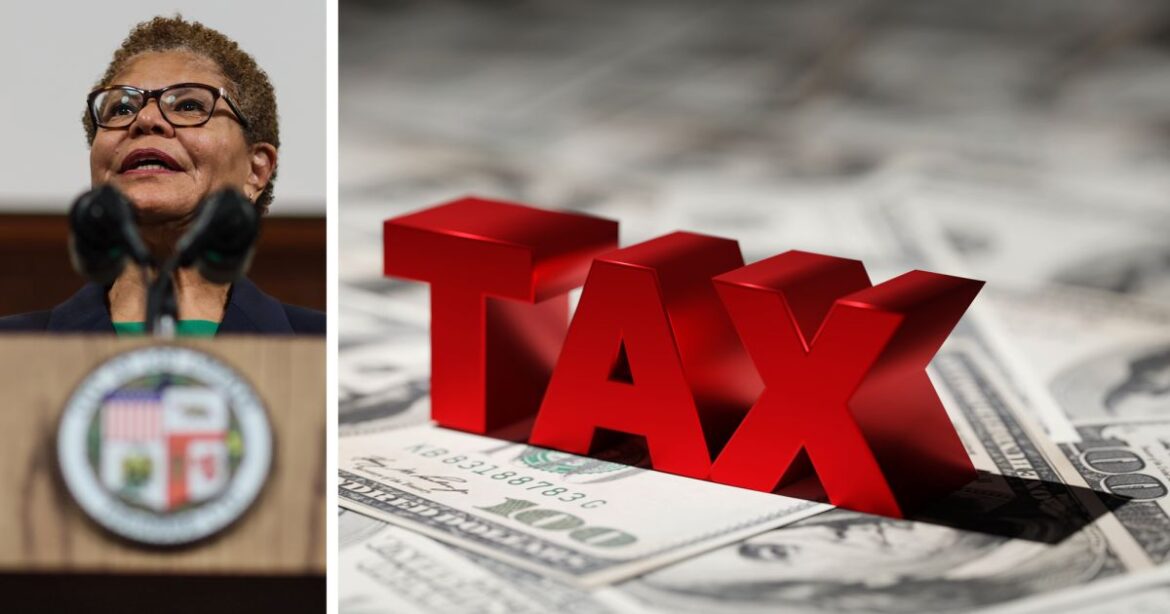Two Years of Measure ULA: An Economic Reevaluation in Los Angeles
As of April 1, 2023, Los Angeles’ Measure ULA, often referred to as the mansion tax, has officially been in effect for two years. This initiative, which imposes an additional tax on high-value property sales, has compelled many property owners to expedite the sale of their distressed assets in a bid to evade further financial consequences. For a segment of Southern California’s real estate sector, this anniversary feels less like a milestone and more like an elaborate joke.
Measure ULA Overview
Implemented following a November 2022 ballot initiative, Measure ULA introduced a 4 percent tax on real estate transactions valued at $5 million and above, escalating to 5.5 percent for properties sold for $10 million or more. In June 2023, the thresholds for this tax were revised to $5.15 million and $10.3 million, respectively, with expectations of further adjustments in the future.
Financial Impacts Over Two Years
During its two years of implementation, Measure ULA has generated over $630 million from nearly 939 transactions, with more than half of this revenue accrued from single-family home sales. However, while this revenue reflects a significant influx of funds, it falls short of initial projections, which anticipated as much as $1.1 billion in the first year alone. Notably, the revenue trajectory has shown an increase in 2024 compared to the previous year.
Consequences for the Commercial Real Estate Market
Despite the substantial tax revenue, the broader commercial real estate market in Los Angeles has faced pronounced challenges. According to a study conducted by the UCLA Lewis Center for Regional Policy Studies, there has been a 30 to 50 percent reduction in commercial deals since the introduction of the tax. The likelihood of transactions exceeding ULA’s price thresholds has similarly diminished by about 50 percent, indicating a chilling effect on the market.
Challenges Ahead
These declines carry significant implications for development activities, particularly for merchant developers who typically buy and quickly flip properties. The impacts extend beyond individual firms; UCLA estimates that the downturn in sales attributed to Measure ULA could translate to an annual loss of approximately $25 million in property tax revenue for the city.
Investor Sentiment and City Officials’ Response
Investor sentiment toward the Los Angeles real estate market has soured significantly in light of ULA. Henry Manoucheri, CEO of Universe Holdings, noted that his firm has opted against further transactions in Los Angeles, stating, “Better to just do nothing, sit back, and wait for it to get repealed someday.” This perspective reflects a growing hesitation among property owners who are reluctant to engage with an increasingly burdensome tax structure.
Political and Community Reactions
Amidst these challenges, even city officials appear to be reconsidering the effectiveness of Measure ULA. Mayor Karen Bass recently mentioned potential avenues for temporarily suspending ULA to help residents affected by wildfires in Pacific Palisades. However, her hesitance to champion the tax during her campaign indicates that the measure’s popularity is not uniformly strong among political leaders.
Future Perspectives
Proponents of Measure ULA argue that the tax is essential for combating the city’s affordable housing and homelessness crises, claiming it could help fund the construction of 26,000 affordable units over the next decade. However, data suggests that only around 800 units have been funded in the first year, far below the targeted annual goals. The disparity between projected and actual revenue reflects the challenges of initiating such a tax in an uncertain economic climate.
Comparative Analysis with Other Regions
Los Angeles is not the first city to implement a tiered property transfer tax; New York and San Francisco both have long-standing systems in place. A point of differentiation lies in the market acceptance of such taxes. For instance, while San Francisco has experienced fluctuations in its luxury property market, its broader acceptance of increased tax rates contrasts sharply with the backlash seen in Los Angeles.
Conclusion
The implementation of Measure ULA has undoubtedly created a new revenue stream for Los Angeles, addressing critical social issues such as housing and homelessness. However, the resultant slowdown in property transactions raises questions about the sustainability and effectiveness of such a tax in encouraging economic growth and investment in the city. Stakeholders across the city are left to ponder the long-term implications as Measure ULA continues to shape the landscape of Los Angeles real estate.
For further information, you can contact Nick Trombola at nt*******@co****************.com.

